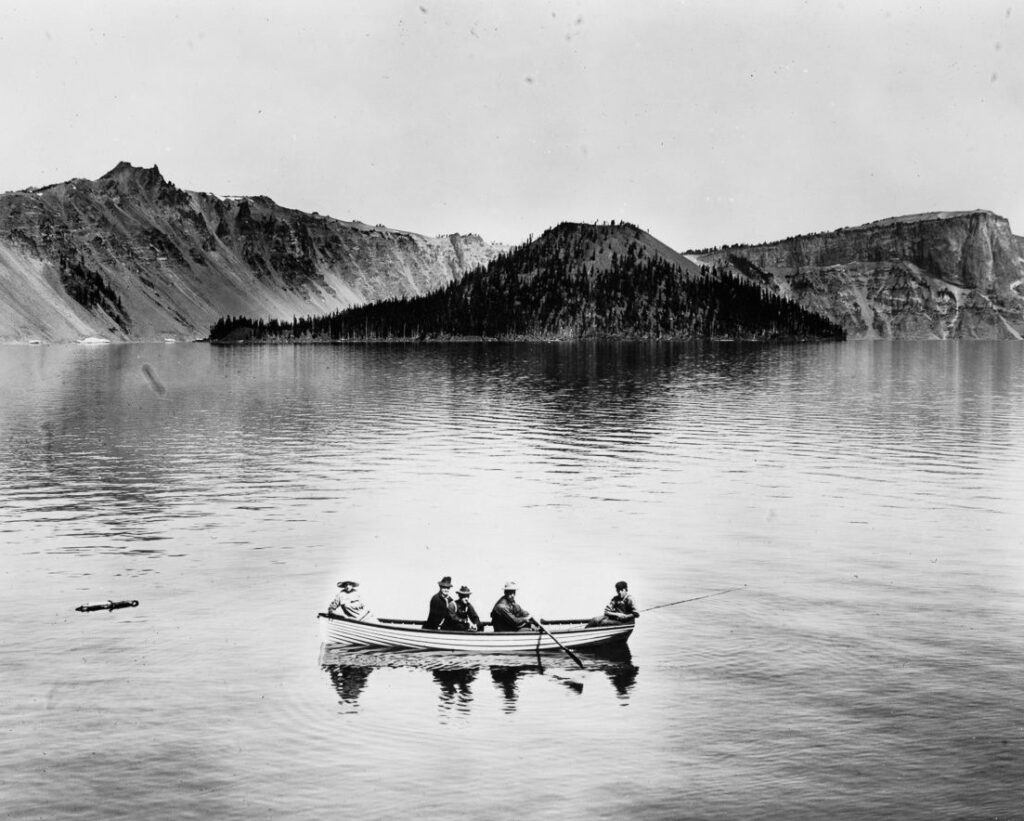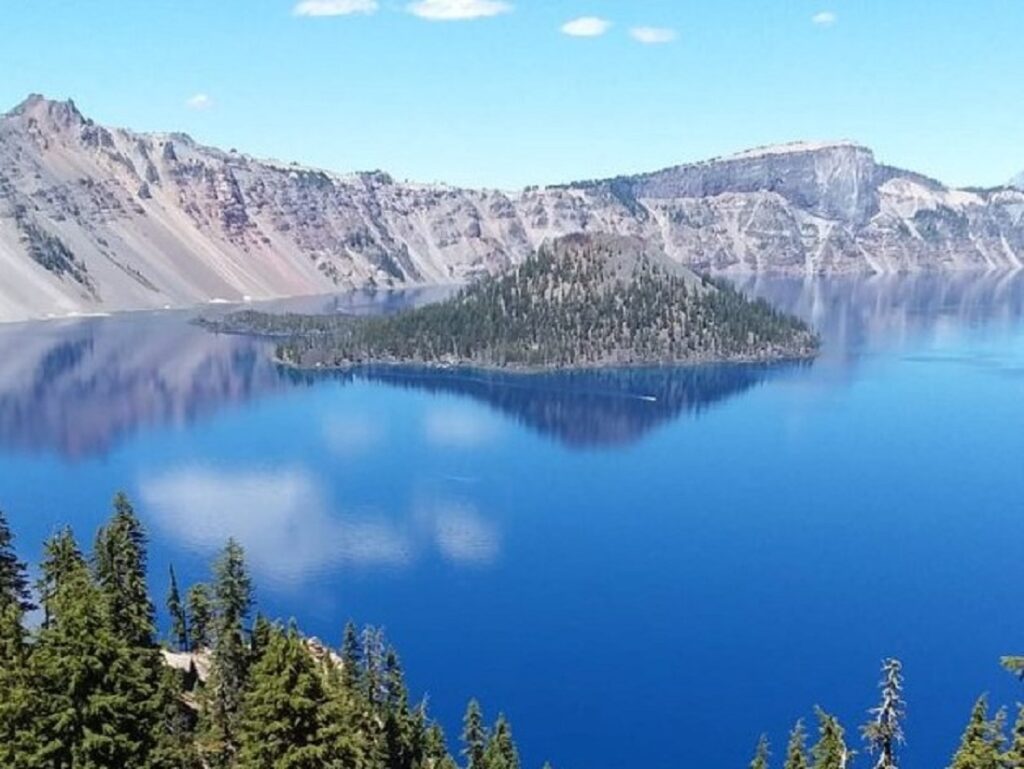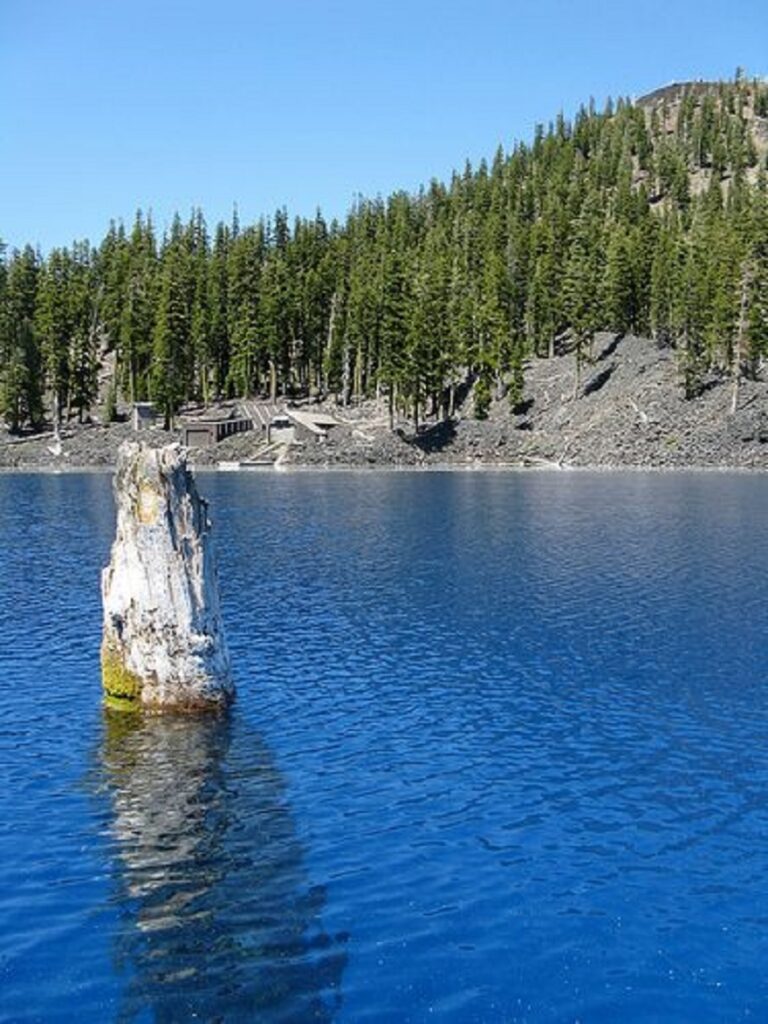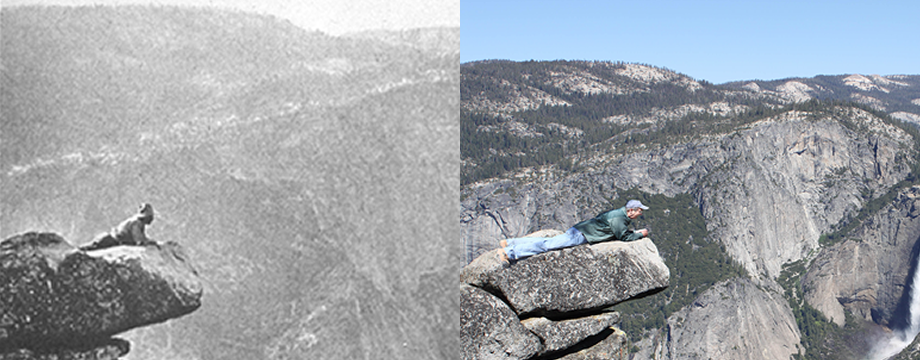Visiting a national park was an idea that caught on right away. In 1929, there were three million visitors. By 1941, that number rose to 20 million and by 2019 the number was 327 million. At first, the railroads were the preferred mode of transport. That switched with the advent of the automobile, which helped fuel the spike in attendance, as did the rapid rise in the number of national parks. Below are several photos of early visitation along side of the current view.
Big Bend
Big Bend is located in west Texas and consists of 800 acres (1,250 square miles). It became a national park in 1944 and is named for the large bend in the Rio Grande River, which flows on the U.S./Mexico border. It is one of the largest of the national parks. It is also one of the most remote, which accounts for its having the darkest skies in the Lower 48. Only about 400,000 people visit annually. The first photo shows a Civilian Conservation Corps camp in 1930.
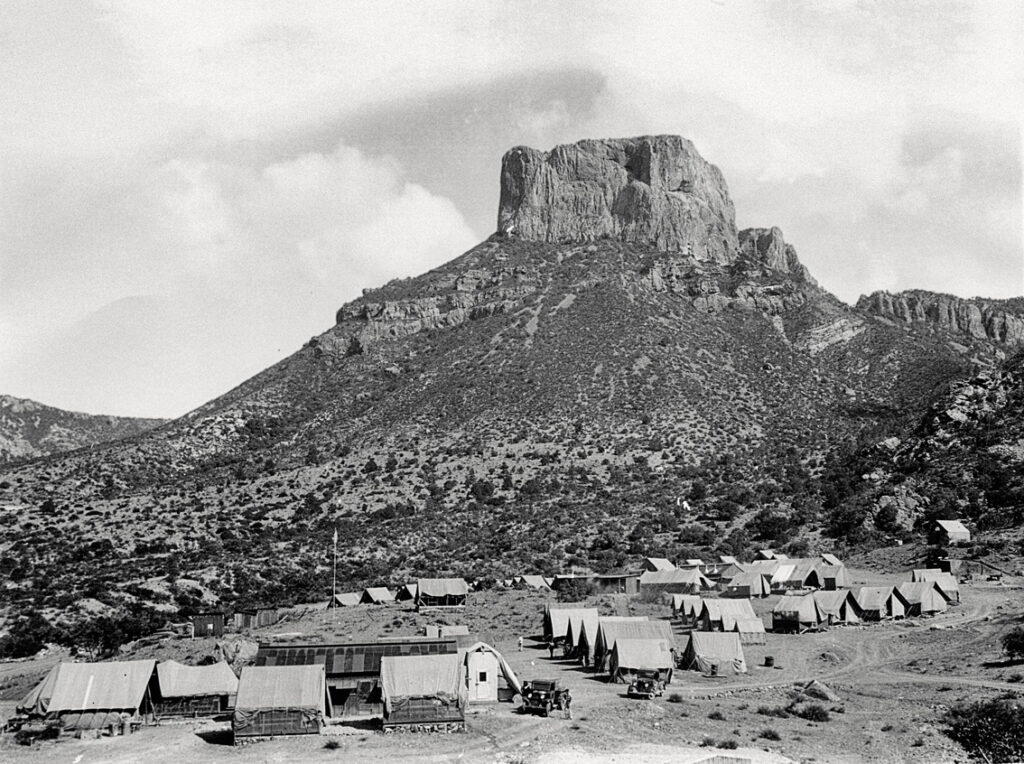

Grand Canyon
The Grand Canyon is located in northwest Arizona and comprises 1.2 million acres (1,900 square miles). In contrast to Big Bend, it is very accessible. Annual visitation is six million, second in attendance only to Great Smoky Mountains National Park. The first bill to establish National Park status in 1882 failed, and it was not until 1919 that it passed. The first photo is dated 1906.
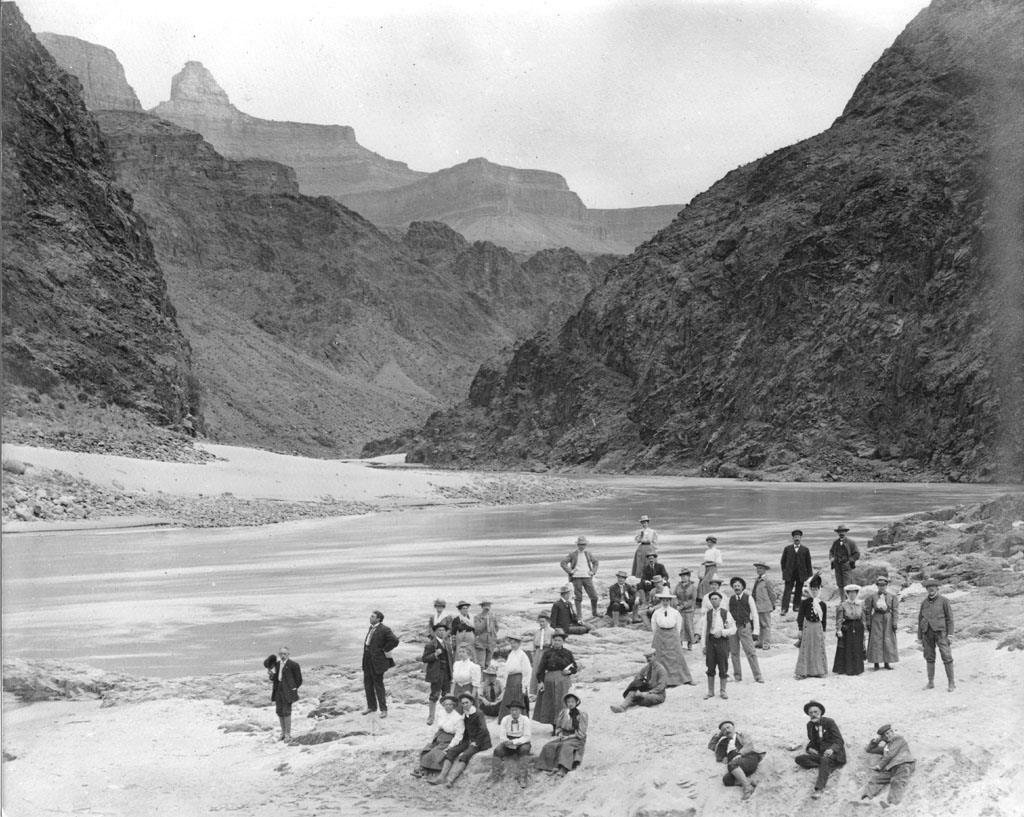
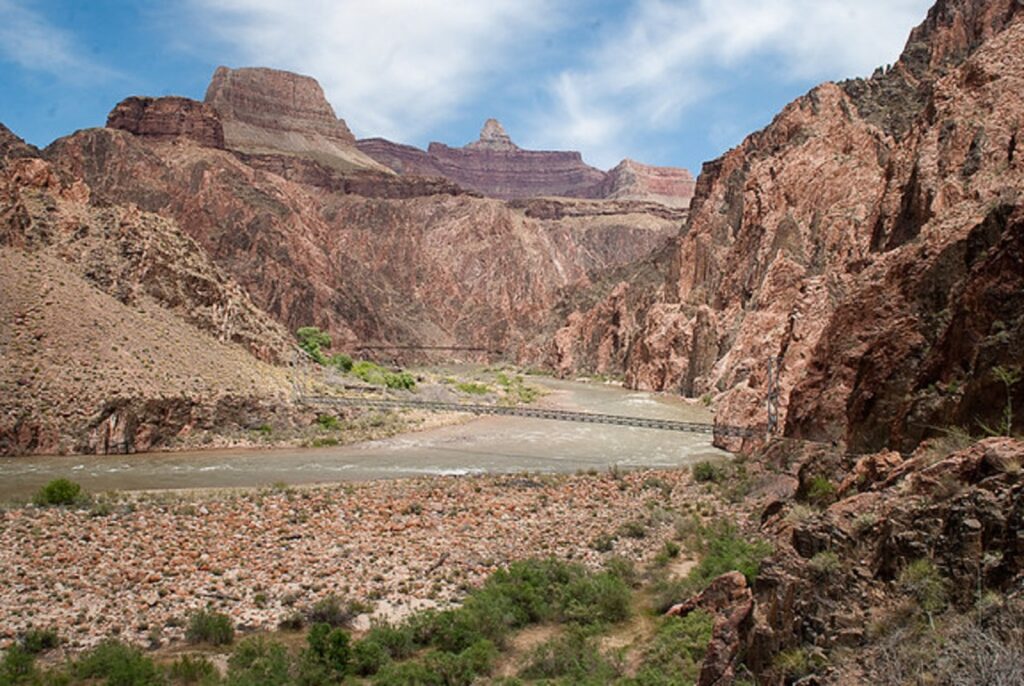
Acadia
Acadia National Park is located in the middle of Maine’s Atlantic Coast. When established in 1929, it became the first National Park east of the Mississippi River. It has 49,000 acres (77 square miles) and Maine’s tallest mountain–Cadillac Mountain at 1,530 ft. Annual attendance is about four million. The first photo is dated in the 1930s.
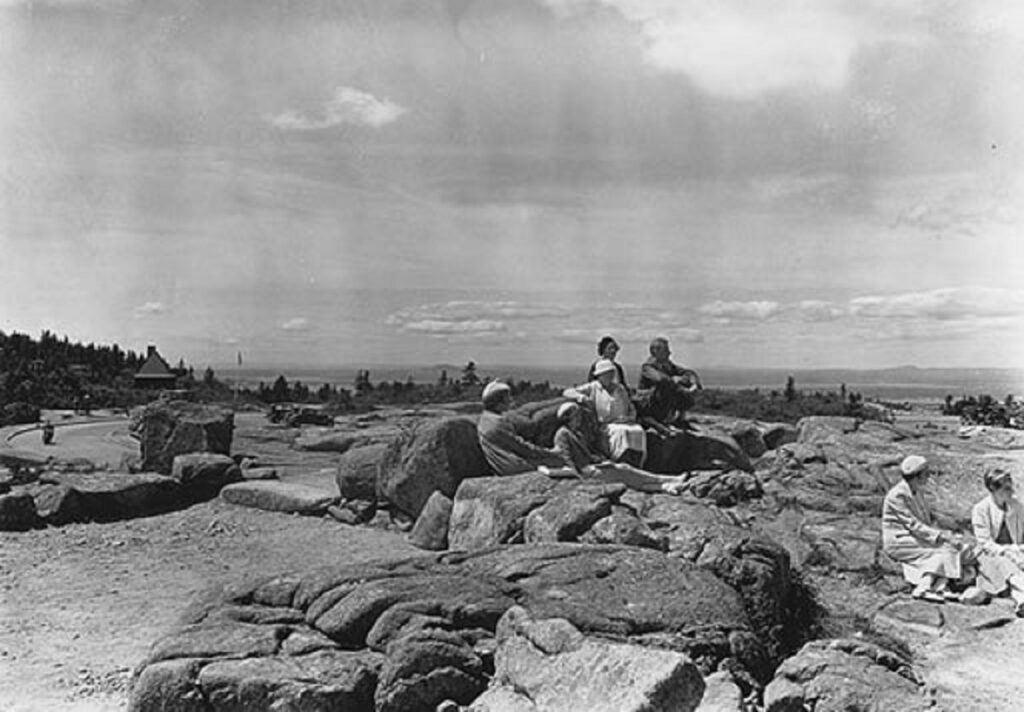
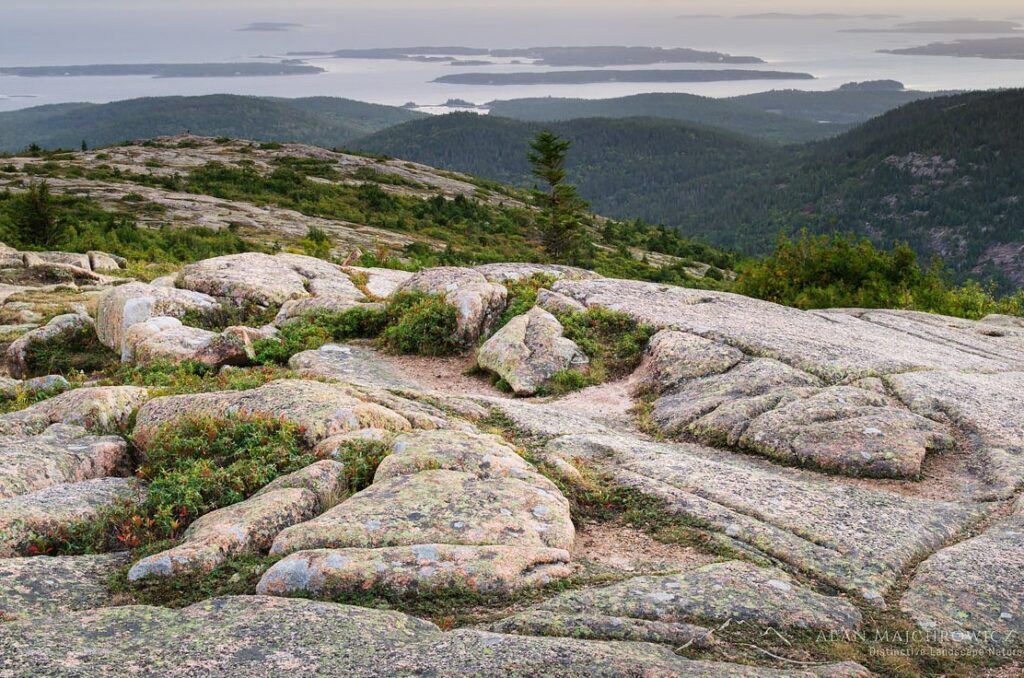
Crater Lake
Crater Lake National Park was established in 1902 and is located in the Cascade Mountain Range of southern Oregon. It has about 184,000 acres, and the lake itself resides in the caldera of a dormant volcano. At a depth of 1,900 ft., it is the deepest lake in the U.S., deeper than the heights of the Eiffel Tower, the Statue of Liberty, and the Washington Monument combined! It is home to The Old Man of the Lake–a 450-year-old, 30-ft. hemlock that has been floating upright four feet above the water for well over 100 years. A study in 1938 showed that it traveled 62 miles in three months. The first photo is dated 1912.
